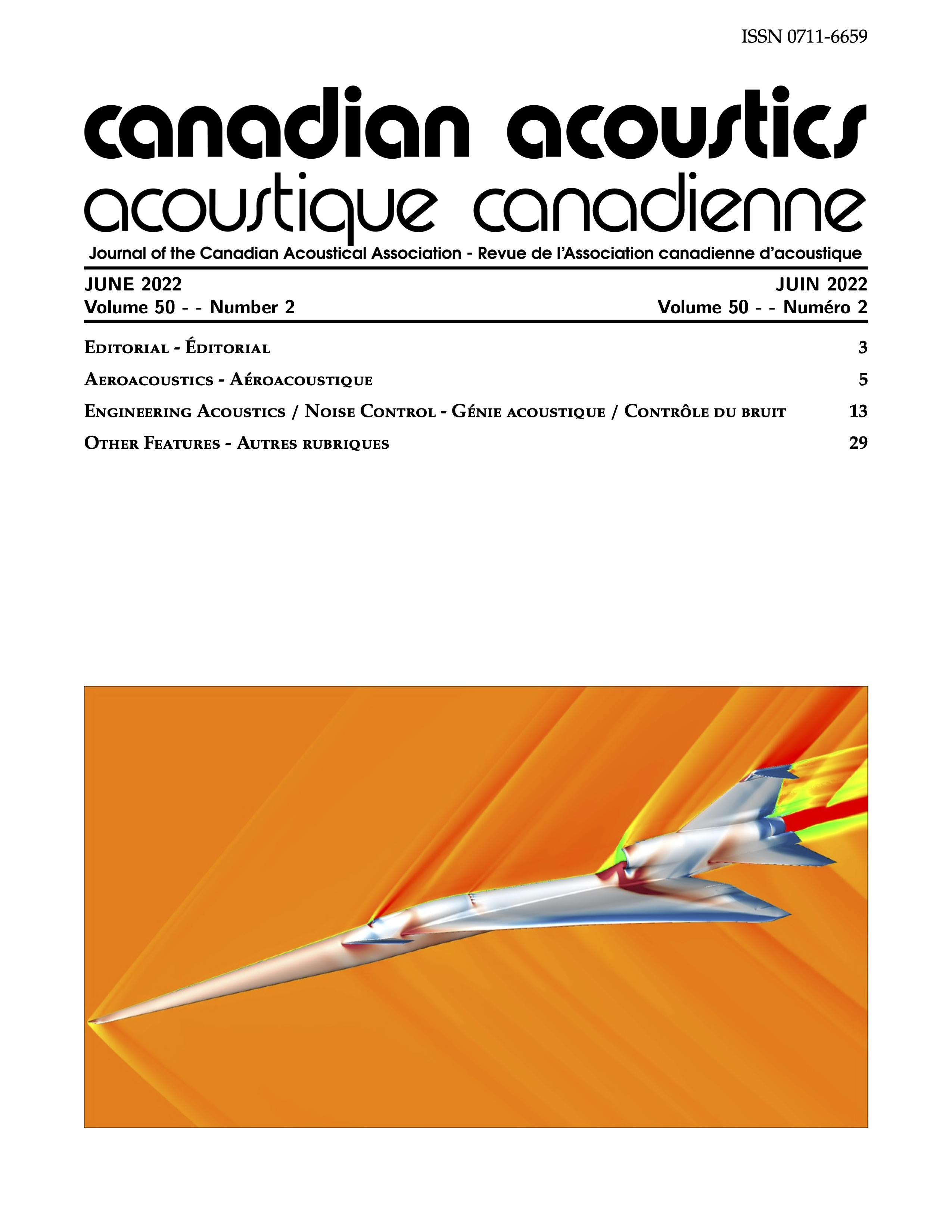Vibration Transmission Across Junctions of Walls and Floors in an Apartment Building – A Case Study
Keywords:
vibration transmission, vibration reduction index, impact excitationAbstract
The perception of sound radiated from a building floor is greatly influenced by the rooms in which it is immersed and by the position of both listener and source. The main question that remains unanswered is related to the influence of the source position on the sound power radiated by a complex wall-floor system in buildings. This research is concerned with the investigation of vibration transmission across walls and floors in buildings. It is primarily based on the determination of vibration reduction index via experimental tests. Knowledge of this parameter may help in predicting noise and vibration propagation in building components. First, the physical mechanisms involving vibration transmission across structural junctions is described. An experimental set-up is performed to aid this investigation. The experimental tests have showed that the vibration generation in the walls and floors are directed related to their size and boundary conditions. It is also shown that the vibration source position can affect the overall vibration spectrum significantly. Second, the characteristics of the noise spectra inside the rooms due to a impact source (tapping machine) are also presented. Conclusions are drawn for the general trend of vibration and noise spectrum of the structural components and rooms respectively. In summary, the aim of this paper is to investigate the vibro-acoustical behavior of building floors and walls under floor impact excitation. The impact excitation was at distinct positions on the slab. The analysis has highlighted the main physical characteristics of the vibration transmission mechanism.
Additional Files
Published
How to Cite
Issue
Section
License
Author Licensing Addendum
This Licensing Addendum ("Addendum") is entered into between the undersigned Author(s) and Canadian Acoustics journal published by the Canadian Acoustical Association (hereinafter referred to as the "Publisher"). The Author(s) and the Publisher agree as follows:
-
Retained Rights: The Author(s) retain(s) the following rights:
- The right to reproduce, distribute, and publicly display the Work on the Author's personal website or the website of the Author's institution.
- The right to use the Work in the Author's teaching activities and presentations.
- The right to include the Work in a compilation for the Author's personal use, not for sale.
-
Grant of License: The Author(s) grant(s) to the Publisher a worldwide exclusive license to publish, reproduce, distribute, and display the Work in Canadian Acoustics and any other formats and media deemed appropriate by the Publisher.
-
Attribution: The Publisher agrees to include proper attribution to the Author(s) in all publications and reproductions of the Work.
-
No Conflict: This Addendum is intended to be in harmony with, and not in conflict with, the terms and conditions of the original agreement entered into between the Author(s) and the Publisher.
-
Copyright Clause: Copyright on articles is held by the Author(s). The corresponding Author has the right to grant on behalf of all Authors and does grant on behalf of all Authors, a worldwide exclusive license to the Publisher and its licensees in perpetuity, in all forms, formats, and media (whether known now or created in the future), including but not limited to the rights to publish, reproduce, distribute, display, store, translate, create adaptations, reprints, include within collections, and create summaries, extracts, and/or abstracts of the Contribution.


